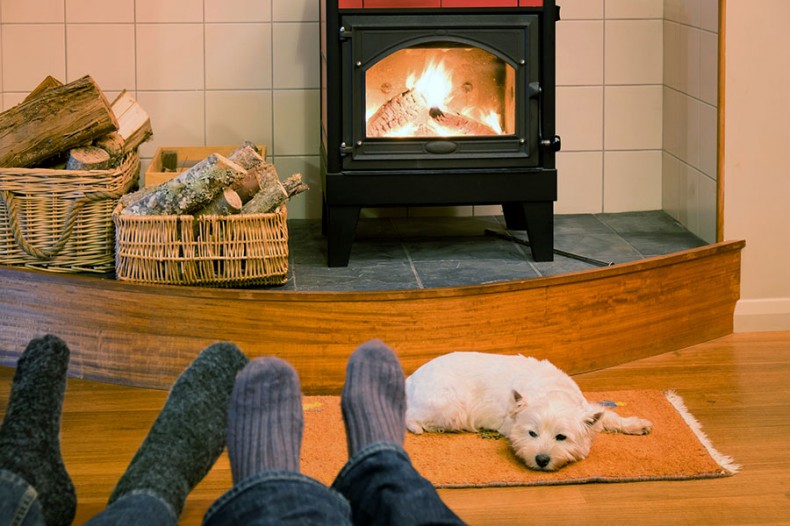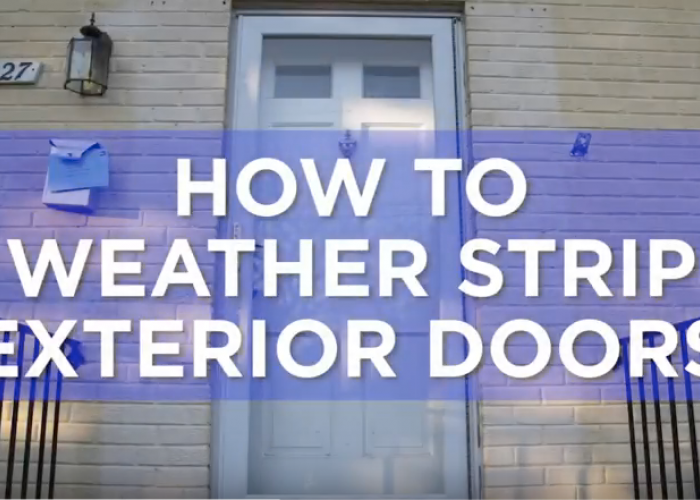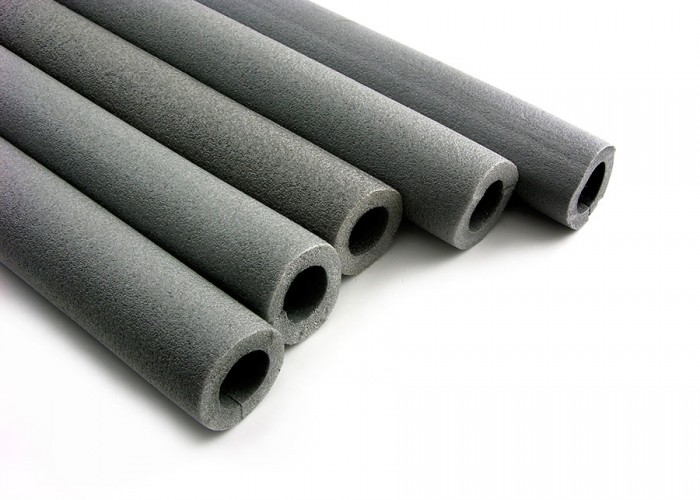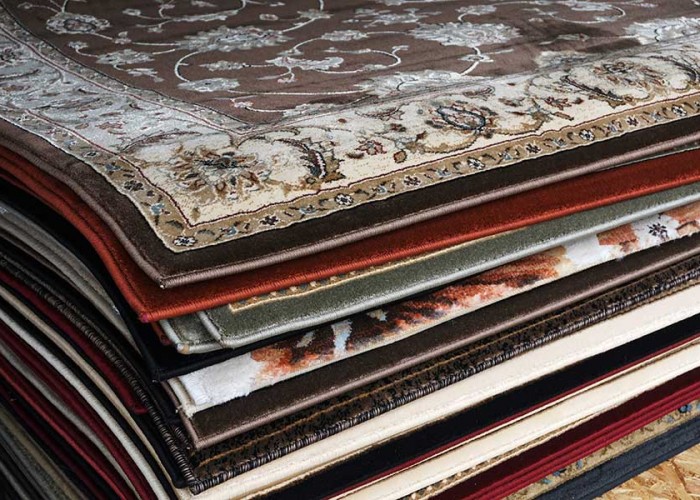Warming Up with Wood
A little research can help ensure safe, efficient wood burning
By Hannah McKenzie
Q: I recently read a news article about the U.S. Environmental Protection Agency (EPA) making new standards for wood stoves. I am hoping to install a wood stove in my home for next winter — possibly a refurbished model — but I am worried that these standards are going to make wood stoves and heating with wood more expensive.
A: Whenever a new standard from the EPA is put into effect, consumers and businesses worry about how it will impact costs. Thankfully, most standards take years of research and feedback from industry, consumers and researchers to find a mutually beneficial solution — in this case, cleaner air, warm homes and better products.
Burning wood produces tiny particulates and volatile organic compounds, which contribute to air pollution that is harmful and irritating to our respiratory systems. People who have endured smoke from recent forest fires, or even campfires, may be familiar with how our bodies can react to this sort of air pollution — asthma attacks, non-fatal heart attacks, emergency room visits, lost workdays, premature deaths and more. Adults with compromised health and children are most susceptible to harm. The pollution impact of a fire depends on the wood burned (curing time, species and moisture content) and the temperature of the fire (the hotter, the better).
Wood stove technology has dramatically improved since federal wood stove standards were first set in 1988: Fire boxes are now more insulated and allow for higher temperature fires that produce less air pollution and use less wood. In 2015, standards were updated to decrease particulates by 70 percent and increase burning efficiency, which means needing less wood. All new wood stoves will meet these standards by 2020. Refurbished models will still be available; however, most homeowners have been pleased with the benefits of the newer, more efficient models.
Before jumping into purchasing a wood stove, call your local fireplace professionals and make a plan. Wood stoves range from $500 to several thousand dollars. Repairing your chimney and preparing your living space to heat with wood may also cost $1,000 or more, but is certainly cheaper than a chimney fire. The National Fireplace Institute (nficertified.org) maintains a list of certified industry professionals. Talk with at least three to assess which size wood stove is right for your home, where it should be installed, and the condition of your chimney or flue. Budget for annual or biannual chimney sweeping and firewood-related purchases.
Selecting and storing firewood is critically important as well. To ensure the cleanest, hottest and most efficient burn, use dry hardwood, preferably sourced no further than 50 miles away that has cured for at least six months. Stacking firewood above the ground and covering it to allow for air circulation will keep it dry and ready for action.
In addition, operable smoke and carbon monoxide detectors are vital, as is ensuring the fire is always attended to.
There is a lot to consider when heating with wood, but thankfully there are many trusted resources online. “Heating with Wood” from the University of New Hampshire Cooperative Extension has the most thorough overview and links to detailed information.
The Green Building Advisor also has numerous articles about the pros and cons of heating with wood, including considerations for tightly built homes.
Best of luck with your project. May you have many warm and safe winters.
-
More winter advice
-
Share this story:




